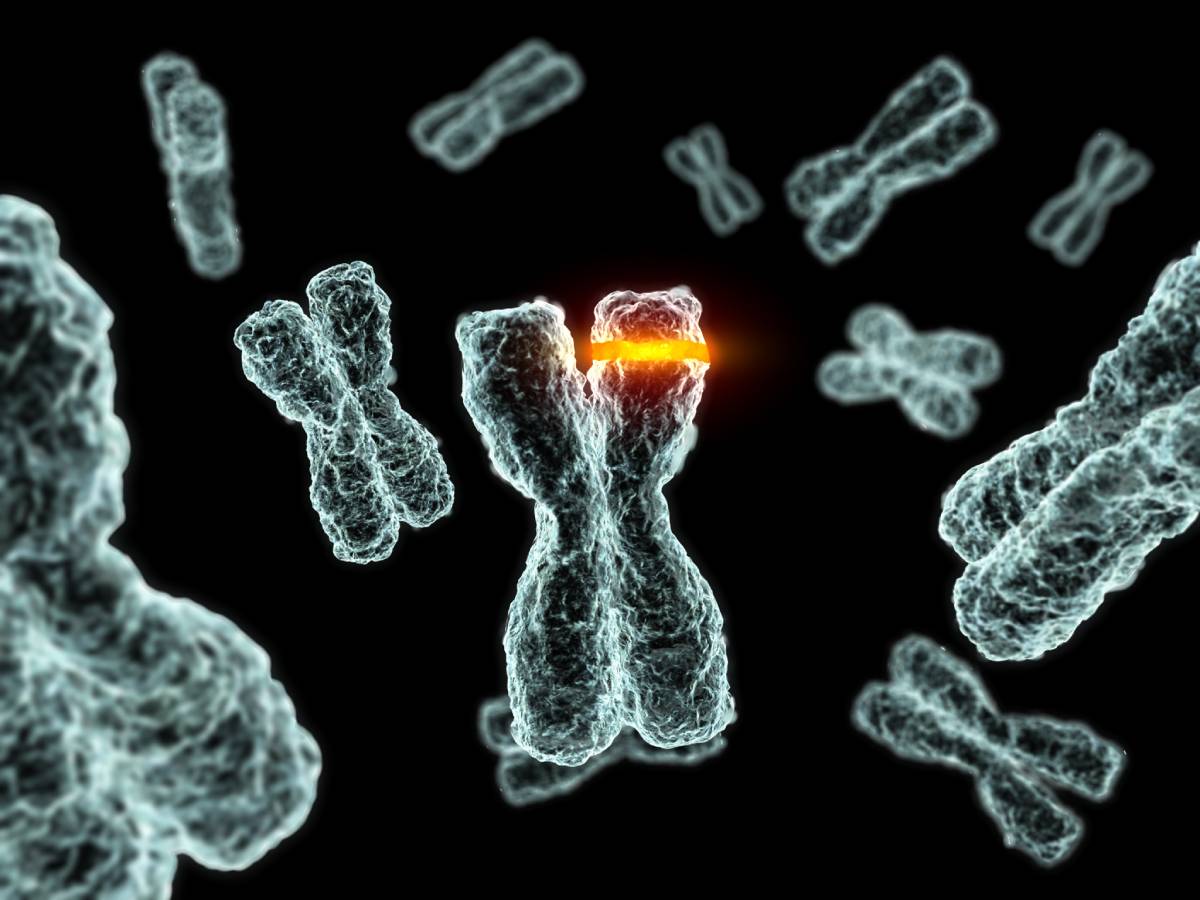Sequencing to Identify Malignant Hyperthermia Susceptibility

Once labeled a “hidden killer,” malignant hyperthermia (MH) is a genetic skeletal muscle disorder that manifests as a hypermetabolic reaction in response to several anesthetic agents (1). Characterized by tachycardia, muscle rigidity, tachypnea, hypercarbia, rhabdomyolysis, metabolic acidosis, and hyperthermia that begin shortly after the induction of anesthesia, the condition can cause heart failure, renal failure, thromboses, and death (2). While the mortality rate for MH soared at 80% just decades ago, innovations in medicine and increased knowledge of the condition have slashed the rate to just 5% in recent years (3). The reaction occurs in roughly 1 in 5,000 to 50,000 patients receiving inhalational anesthetics — specifically sevoflurane, halothane, or desflurane — or the intravenous muscle relaxant succinylcholine; however, the genetic prevalence of the condition may be as high as 1 in 3,000 (1). Until recently, identifying susceptibility required laborious, expensive testing; currently, however, novel sequencing techniques enable medical teams to evaluate a patient’s risk for malignant hyperthermia and prepare accordingly.
Although certain risk factors — including male sex, young age, and some neuromuscular disorders — were quickly linked to the condition, the genetic basis of MH remained unknown until 1991, when researchers discovered that the majority of MH cases were associated with heritable mutations in the ryanodine receptor 1 (RYR1) gene (4). While other genes play a role in MH, 50-70% of families with histories of the condition carry RYR1 mutations, thus rendering the gene a key diagnostic criterion (3, 4). The mutated gene encodes defective ryanodine receptor calcium channels in the sarcoplasmic reticula within muscle cells, predisposing the body to the hyperactive release of calcium cations, a cascade that causes the symptoms of MH when triggered by anesthetics (5). To identify the risk of MH, geneticists once performed in vitro contracture tests on biopsied muscle and analyzed patients’ personal and familial histories, but the former method requires extensive time and money and the latter often results in incomplete or inaccurate information. Next-generation sequencing (NGS), however, enables rapid, cost-effective identification of pathogenic RYR1 variants linked to malignant hyperthermia using only a blood sample (6). Importantly, NGS can look for and locate harmful variants in patients without personal or familial histories of MH, potentially saving the lives of these patients; however, the classification of the hundreds of RYR1 variants as pathogenic versus benign remains incomplete, indicating that in vitro testing and consideration of personal and familial history will persist in cases of unclassified mutations (6).
While NGS must undergo improvements in the future, the method presents significant promise in preventing cases of MH and enabling the surgical team and anesthesia provider to prepare and identify MH when prevention is not an option. In addition to genetic sequencing, indications such as personal or familial history of malignant hyperthermia, rhabdomyolysis, or skeletal muscle disorders should cause medical professionals to categorize patients as susceptible to MH (6). For vulnerable patients, experts recommend opting for an intravenous anesthetic, such as propofol or etomidate, or administering prophylactic dantrolene sodium (7). Additionally, as a rising core temperature appears as one of the first symptoms of MH, experts recommend monitoring the core temperatures of patients undergoing anesthesia — indeed, the lack of this surveillance has been associated with a fourteen-fold increase in the risk of death (1). Finally, dantrolene sodium, the medication responsible for significantly decreasing deaths from MH, must be available and administered as soon as the condition is identified, as untreated MH carries a mortality rate of 70% (8). MH presents a critical issue for patients undergoing anesthesia, but technologies such as NGS and referral strategies have created ways to prevent morbidity and mortality from this lethal condition.
References
1: Rosenberg, H., Pollock, N., Schiemann, A., Bulger, T. and Stowell, K. (2015). Malignant hyperthermia: a review. Orphanet Journal of Rare Diseases, vol. 10. DOI: 10.1186/s13023-015-0310-1.
2: Bin, X., Wang, B. and Tang, Z. (2021). Malignant hyperthermia: a killer if ignored. Journal of Perianesthesia Nursing, vol. 000, pp. 1-10. DOI: 10.1016/j.jopan.2021.08.018.
3: Kim, J., Lee, C., Chung, C., Min, B. and Kim, D. (2022). Malignant hyperthermia: a case report with a literature review. Archives of Aesthetic Plastic Surgery, vol. 28, pp. 75-78. DOI: 10.14730/aaps.2022.00395.
4: Robinson, R., Carpenter, D., Shaw, M., Halsall, J. and Hopkins, P. (2006). Mutations in RYR1 in malignant hyperthermia and central core disease. Human Mutation, vol. 27, pp. 977-989. DOI: 10.1002/humu.20356.
5: Klingler, W., Heiderich, S., Girard, T., Gravino, E., Heffron, J., Johannsen, S., Jurkat-Rott, K., Ruffert, H., Schuster, F., Snoeck, M., Sorrentino, V., Tegazzin, V. and Legmann-Horn, F. (2014).
Functional and genetic characterization of clinical malignant hyperthermia crises: a multi-centre study. Orphanet Journal of Rare Diseases, vol. 9, article no. 8. DOI: 10.1186/1750-1172-9-8.
6: van den Bersselaar, L., Hellblom, A., Gashi, M., Kamsteeg, E., Voermans, N., Jungbluth, H., de Puydt, J., Heytens, L., Riazi, S. and Snoeck, M. (2022). Referral indications for malignant hyperthermia susceptibility diagnostics in patients without adverse anesthetic events in the era of next-generation sequencing. Anesthesiology, vol. 136, pp. 940-953. DOI: 10.1097/ALN.0000000000004199.
7: Ruffert, H., Bastian, B., Bendixen, D., Girard, T., Heiderich, S., Hellblom, A., Hopkins, P., Johannsen, S., Snoeck, M., Urwyler, A. and Glahn, K. (2021). Consensus guidelines on perioperative management of malignant hyperthermia suspected or susceptible patients from the European Malignant Hyperthermia Group. British Journal of Anaesthesia, vol. 126, pp. 120-130. DOI: 10.1016/j.bja.2020.09.029.
8: Collins, C. and Beirne, O. (2003). Concepts in the prevention and management of malignant hyperthermia. Journal of Oral and Maxillofacial Surgery, vol. 61, pp. 1340-1345. DOI: 10.1016/S0278-2391(03)00737-7.